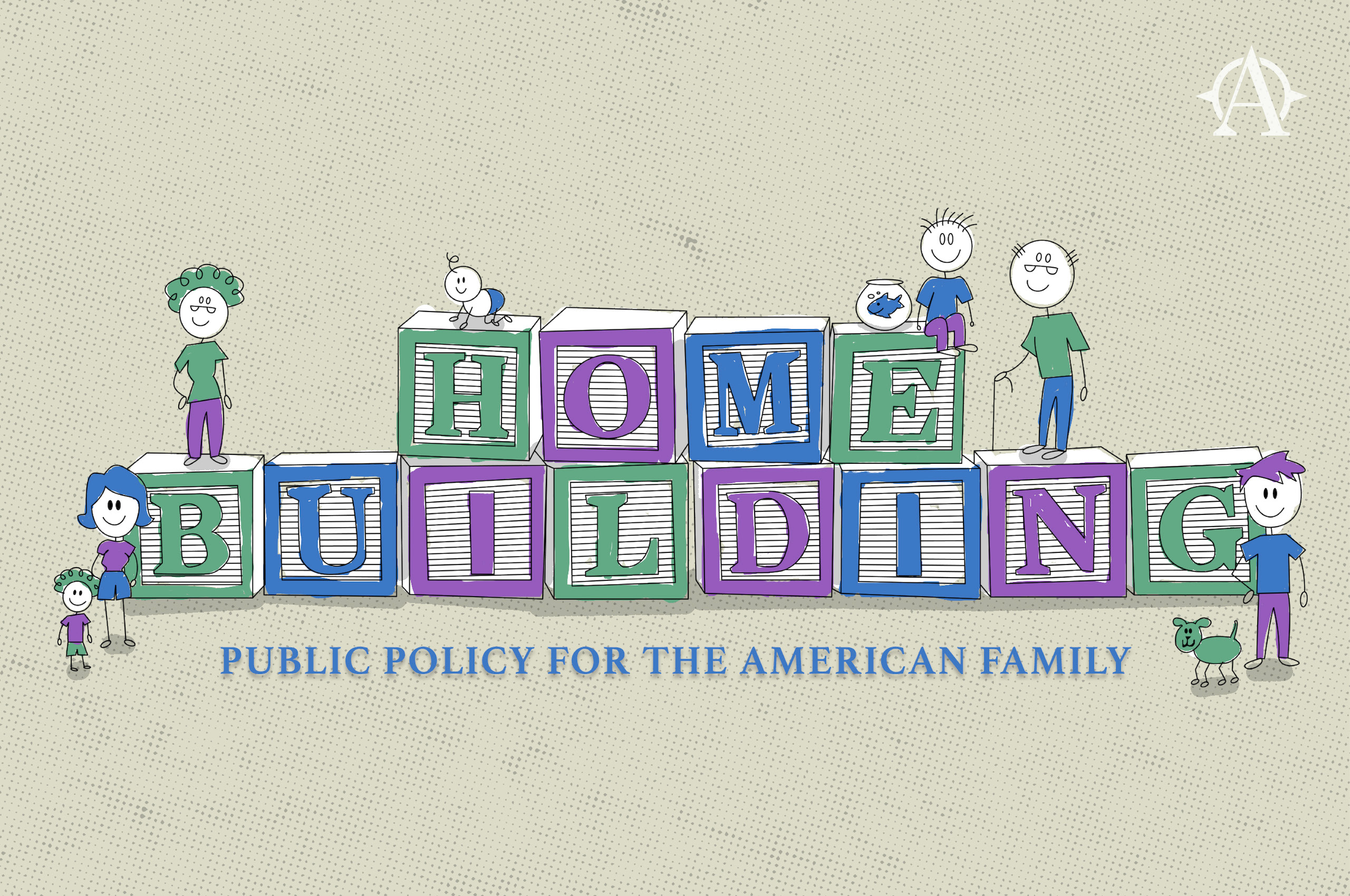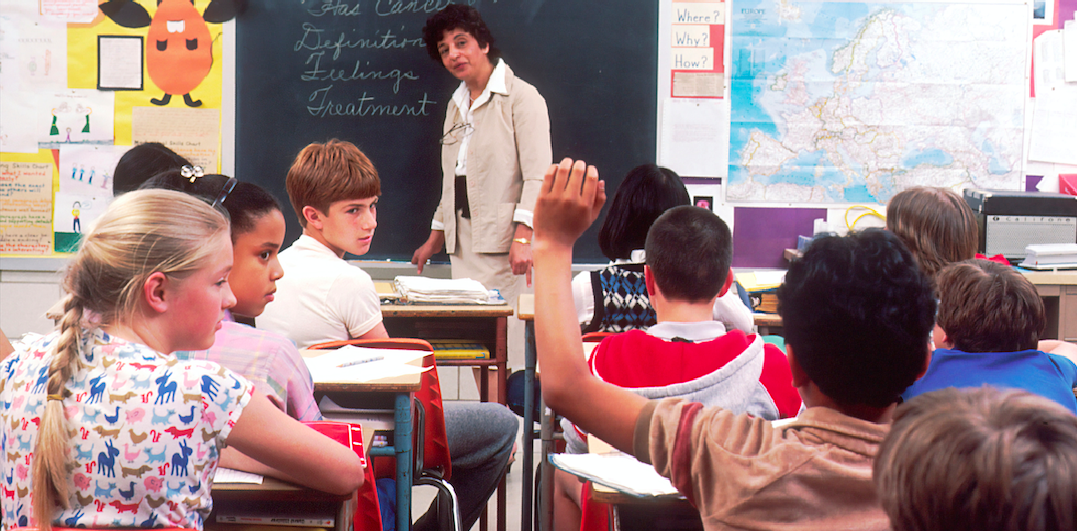

RECOMMENDED READING
School choice policy has come a long way since Milton Friedman’s plea for universal vouchers in 1955. Today, 28 states plus DC and Puerto Rico employ a range of vehicles to provide public funds for education, ranging from tax credit scholarships to cash vouchers. Yet the vast majority of such programs are minuscule, and policymakers still see education policy as separate from family policy. This is a huge mistake. K-12 education is the single greatest family policy lever at our disposal.
Why?
First is logistics. Ask any working parent, especially a mom, what it is like to juggle work and school schedules that never align over all the seasons of the year. Nothing in recent memory has illustrated the inflexibility of public schools like the COVID-19 pandemic. School choice has the potential to explode the rigid, Borg-like public options on the table, in favor of “small batch” schools that meet families’ needs better.
Second is affordability. Many young couples, because of the poor quality and culture of public schools, want to give their children an alternative education. But private schools range from $5,000 per child per annum to well over $20,000. Public schooling is just as costly, but the costs are implicit in the form of capitalized property values. Families may feel compelled to handle the costs by having fewer children than they want—a tragedy of poorly designed policy. Instead of relieving families of a sizable cost-deterrent, wasted education dollars foist new ones upon them.
Third is meaning. Parents toil at their work to provide a better life for their kids. Education is crucial to that goal. Schools connect the work of parents to rising opportunity for their kids. Unfortunately, with the exception of wealthy Americans, working parents have no agency over the direction of their kids’ futures and have been robbed of an organic part of the meaning of their work.
We can and should reform our education system to better support working families. Every education dollar we allocate on behalf of every working parent should be at her own disposal to make a better life for her children, drawing on the social trust she has accrued through her hard work.
Education Savings Accounts (ESAs) are the best vehicle for such flexibility and choice. ESAs are accounts funded by states, owned by parents, and administered by third parties for the purposes of education-related spending. The idea is to expand education options for families by providing additional funding for children’s education expenses over and on top of what they are currently entitled to receive in local public schools.
Policymakers should establish a ten-year federal, universal ESA program that transitions to universal state funding at the end of the ten years. Contributions should be in the range of 80–120% of current average per-pupil spending in states. With a national average around $13,000, the low end of this range suggests a $10,000 per child per year contribution. Dollars should be broadly applicable not only for schooling but any expense reasonably related to schooling, including supplemental programs, private or parochial schools, home education, enrichment classes, extracurricular programs, therapy, and so forth. Families who economize can roll-over unused portions and accumulate the balance for college tuition. For a family with three or more children, these payments may be large enough to enable a parent to leave the workforce and educate her children at home.
Beyond immediate flexibility for parents, the decade-long program would give state government and school systems time to transition from their current funding structures to one organized around universal, state-funded ESAs. Families and communities would likewise have a decade to build new schools and programs with federal ESA dollars, injecting funds into the education economy and seeding new innovations.
The program would cost an estimated $750 billion per year over 10 years (if ESA contributions average $10,000 per child per year) or about ten times the current budget of the Department of Education. But it would expire after a decade, with the promise of a substantially reduced Department thereafter.
At the end of the decade, the landscape of schools would likely be very different from what we have today, and the landscape of American family life will be vastly better and more optimistic.
[Note: This post is from the policy forum 7 Proposals to Make America More Family-Friendly.]
Recommended Reading
7 Proposals to Make America More Family-Friendly
Writers and analysts from across the right-of-center apply a family-focused lens to contemporary policy challenges.
Between the Common School and the Market
Johns Hopkins’s Ashley Berner discusses the benefits and tradeoffs of a pluralistic approach to education in America.
Where Do Parents Go When Public Schools Go ‘Woke’?
Parents who live their lives according to religious principles should be able to find a school in which they are welcomed, not attacked or undermined.













